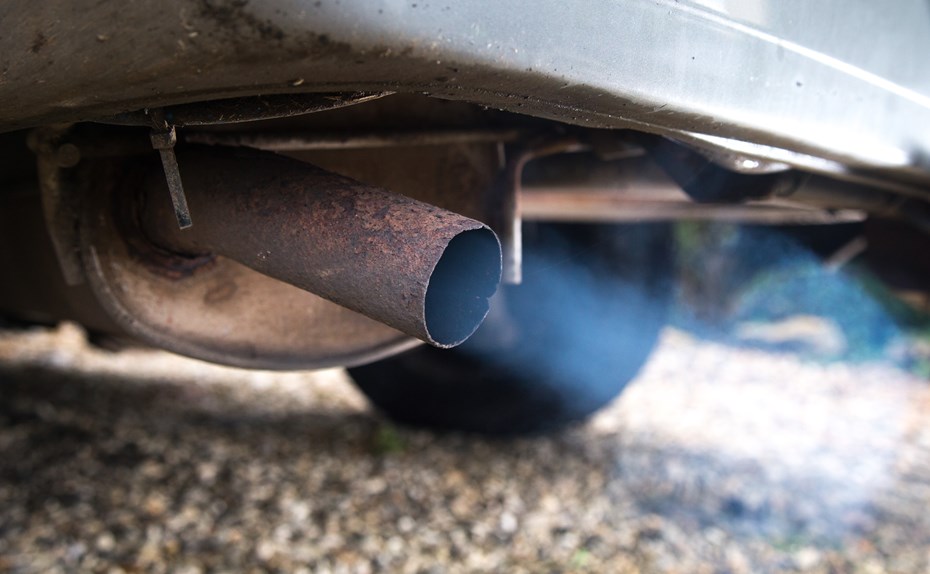The Department for Transport (DfT) has confirmed that it will ‘provide certainty’ to manufacturers by reverting the UK’s petrol and diesel car ban back to 2030 from the extended 2035 deadline introduced by the previous Tory government.
Gareth Evans, News Editor at our sister title Fleet News, received the confirmation from the DfT. Here at Parkers, we’ve also contacted the DfT for comment – and it said: ‘we intend to provide certainty to manufacturers by restoring the 2030 phase-out date for new petrol and diesel cars.’
The old Conservative government’s decision to move the deadline back to 2035 (to match the rest of Europe) angered the car industry, as it had spent millions of pounds preparing its UK product lines for 2030. When the deadline was lengthened, our previous prime minister, Rishi Sunak, said it was ‘to give us more time to prepare.’
Reverting the deadline back to 2030 was one of the new Labour government’s key motoring policies for the election – but Sir Keir Starmer’s cabinet is yet to make an official statement on the decision, hence why the DfT’s comments are so unexpected.
But the car market has changed a lot in the past year – and there’s a lot of uncertainty about how the nation will cope with the tighter deadline. We’re also still unsure about what vehicles will be included in the ban and whether manufacturers can react quickly enough to the reset deadline. Scroll down to learn everything you need to know.
Why is moving the combustion engine ban problematic?
UK drivers have far less interest in electric cars now. EV sales have been stagnating in the UK throughout 2024 – and hybrids and plug-in hybrid sales swelled to fill the space.
The Society of Motor Manufacturers and Traders (SMMT) reports that electric cars commanded a steady 16% of the market for the first half of 2023 and 2024.
What’s more, most of the EV sales for this year were driven by fleet users rather than private buyers. In fact, the SMMT reports that private electric car sales fell by 10.8% in the first half of the year. Fewer than one in five EVs went to private buyers.
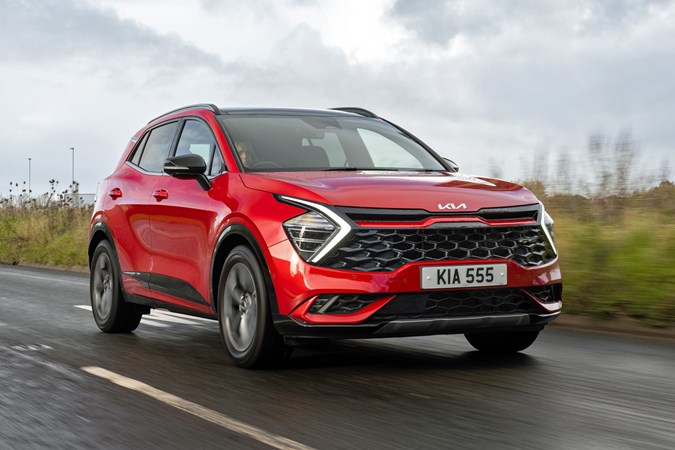
PHEVs, meanwhile, now control 8.1% of the market, compared to 6.5% in 2023. It’s the same story with hybrids, too – they’ve jumped from 12.6% to 13.7% of the market.
In response to this trend, car manufacturers have adjusted their product line-ups to make sure they’re building cars people want to buy. Audi, for example, has revised its EV strategy and launched a brand-new combustion powered A5 that it says could survive right up until the EU’s 2035 ban on petrol and diesel cars.
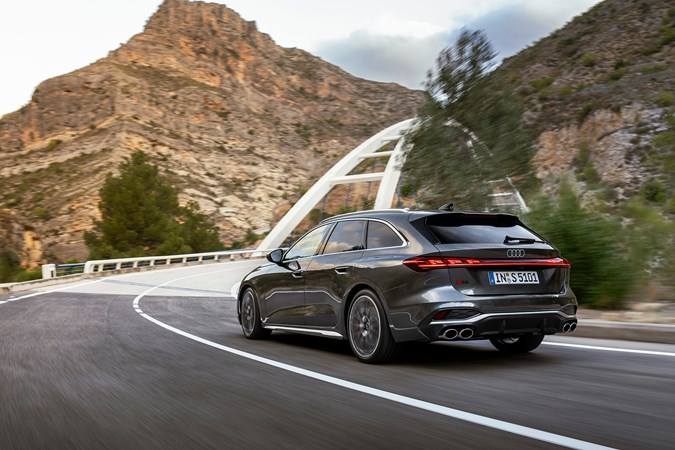
Plus, the technology that underpins the new A5 will be used to prop up a fresh range of combustion-powered Audis – and Audi has told us its new platform and engines have the potential to last beyond 2035 if the EU legislation changes again.
In addition, Volkswagen has told us that it plans to keep the petrol-powered Golf GTI around ‘beyond 2028,’ as the brand recognises that enthusiast drivers simply aren’t getting their fix from electric cars. That means the current Golf GTI will eventually co-exist with Volkswagen’s upcoming electric replacement for the Golf.
Will all vehicles be covered by the combustion engine ban?
The DfT only refers to cars in its plans – as does Labour’s election pledge – so it remains unclear whether the deadline will also be brought forward for fossil fuelled vans.
Sales of electric vans are performing even worse than sales of electric cars. They’re down 16.8% on June last year, with less than 1,500 eLCVs registered in June 2024. That suggests commercial vehicle drivers really aren’t ready to swap to electric power.
There’s also uncertainty about whether plug-in hybrid vehicles will fall outside the ban. The DfT has previously said that cars and vans that can drive a ‘significant distance with no carbon coming out of the tailpipe’ will be exempt.
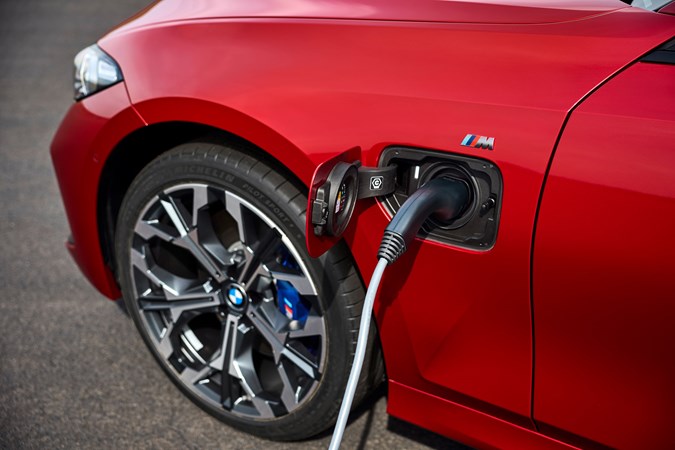
The specific distance required to meet this exemption still hasn’t been confirmed by the government, but manufacturers are clearly hedging their bets on the technology.
Look at Volkswagen. It launched the facelifted version of the Golf this year – and the plug-in hybrid model features a battery that’s almost twice the size of its predecessor’s. That change has nearly doubled the car’s maximum electric range to 88 miles.
It’s the same story with Audi. Its upcoming plug-in hybrid cars will be able to cover more than 60 miles on electric power alone – and the new BMW 530e can manage 63 miles.
What needs to happen to streamline the change?
The way we see it, two things need to happen if the government wants to outlaw pure petrol and diesel cars in 2030. First, the UK’s charging infrastructure needs some serious investment to encourage drivers to use their EVs for longer journeys. The DfT has already said it’s committed to accelerating this change.
We also think the government should consider reintroducing some kind of plug-in car grant to make electric car prices comparable with petrol and diesel car prices. By the large, EVs are still more expensive than their combustion powered equivalents.
Before the results of the election, the SMMT called for the next government to re-instate financial incentives that support private buyers stepping into electric cars. The idea it floated was to half VAT on electric vehicles for three years, claiming that would put an additional 300,000 private electric cars on the road by 2027.
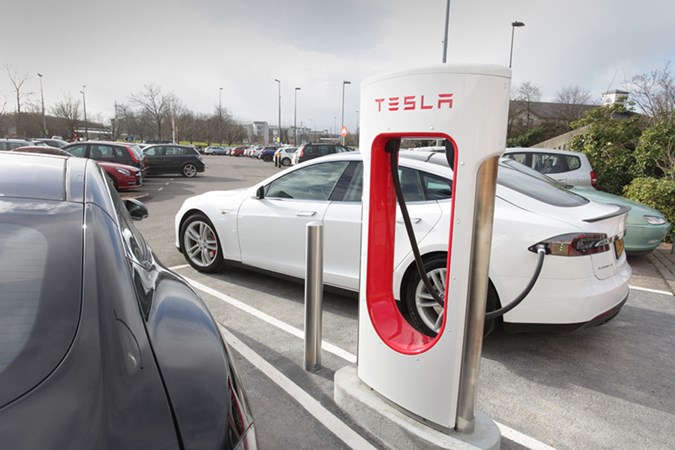
Mike Hawes, chief executive of the SMMT, said: ‘The year’s midpoint sees the new car market in its best state since 2021 – but this belies the bigger challenge ahead.
‘The private consumer market continues to shrink against a difficult economic backdrop, but with the right policies in place, the next government can re-energise the market and deliver a faster, fairer zero emission transition.
‘All parties are agreed on the need to cut carbon and replacing older fossil fuel based technologies with new electrified powertrains is the essential step to achieving that goal.’
Just so you know, we may receive a commission or other compensation from the links on this website - read why you should trust us.


